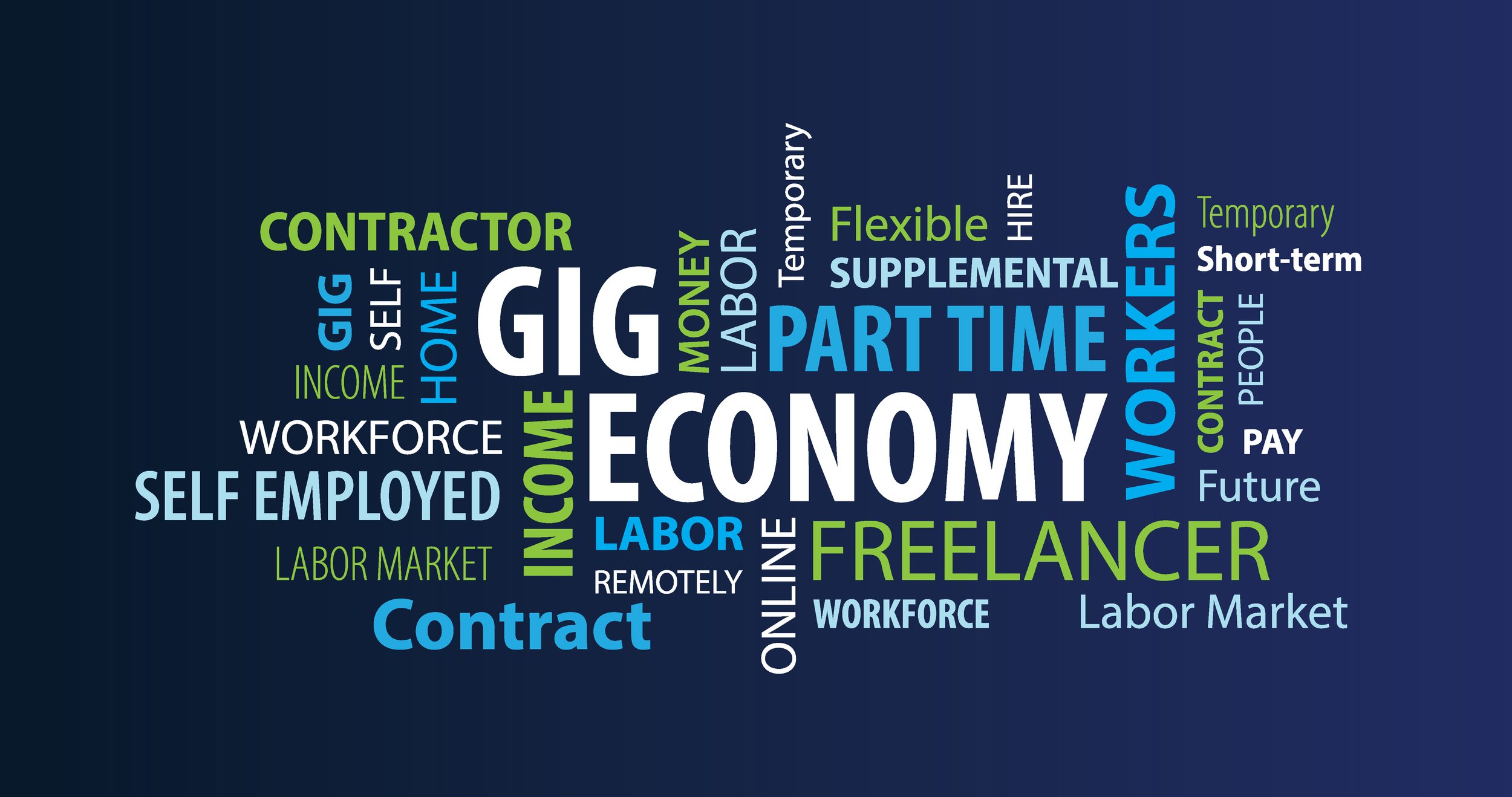The technology sector continues to move at a rapid pace, reshaping how companies operate and how talent is deployed.
Today’s tech environment is defined by innovation, workforce realignment, and a renewed focus on efficiency. While change can feel disruptive, it is also creating meaningful opportunities for both employers and professionals.
After several years of aggressive hiring, many technology companies are taking a more deliberate approach to growth. Workforce adjustments have made headlines, but this moment reflects strategic recalibration rather than a slowdown.
Organizations are prioritizing roles that directly support execution, scalability, data intelligence, security, and product delivery. The focus has shifted toward building leaner teams that can drive measurable results.
Artificial intelligence continues to influence nearly every corner of the tech industry. What began as experimentation has evolved into widespread adoption across operations, product development, customer experience, and decision making.
Companies are seeking professionals who can work alongside AI systems, implement them responsibly, and translate technology into business outcomes. Demand is growing for adaptable talent with a blend of technical knowledge and practical problem-solving skills.
The way people work is evolving alongside the technology itself. Hybrid and remote models remain common, and project-based work continues to gain traction.
Employers are placing greater emphasis on productivity, accountability, and outcomes. Job seekers who are flexible, curious, and committed to continuous learning are finding opportunities across a broader range of industries.
In this environment, having the right staffing strategy matters. Companies need partners who understand both the pace of technological change and the realities of today’s workforce.
Candidates need guidance, access, and alignment with organizations that value their skills and contributions.
At StaffingForce, we focus on connecting forward-thinking companies with talent prepared to perform in today’s tech-driven market. Our approach is built on insight, experience, and long-term partnership.
As technology continues to evolve, the ability to align the right people with the right opportunities will remain a defining advantage.
Explore how StaffingForce can support your hiring and career goals at www.staffingforce.com.
Contact us, and one of our experts will make sure you’re taken care of.
info@staffingforce.com
Also join us at: www.ithrive.com
Read More



















